Four years after it was first announced, Ferrari has finally taken the wraps off its Purosangue, the SUV making its official debut moments ago at a launch event in Pisa. The car marks a historic moment for the brand as it ventures into a body-style segment it has never had market representation in before.
Technically, the new car isn’t the company’s first ever four-door four-seater model, because the Ferrari Pinin Concept from way back in 1980 lays claim to that from a design perspective, but it is the first to see light of day as a series production model.
Measuring in at 4,973 mm long, 2,028 mm wide and 1,589 mm tall, with a 3,018 mm-long wheelbase, the shape of the Purosangue (which is pronounced purr-oh-saahn-gway) bears more than a passing resemblance to the GTC4Lusso from certain angles, albeit with heightened and amped up proportions. The front, meanwhile, borrows some design cues from the SF90 Stradale, but there are a lot of new, cleverly thought out styling cues to help differentiate it.
For one, the Purosangue doesn’t have a front grille – this has been replaced by a dihedral suspended on the lower section, in which the front camera and parking sensors are neatly integrated into. At each side of the bonnet are the DLRs, which are set between two pairs of air intakes which meld into the upper part of the flanks.
The upper air intake is used to channel air into the complex blown system which vents underneath the front aerobridge, while the lower intake is used to channel air to the brake cooling system. As for the car’s headlights, they sit well below the DRLs, housed inside the top edges of the bumper assembly.
As you’d expect from a modern Ferrari, much of the design work isn’t just visual, but also done in the name of aerodynamics. This includes creating a synergy between the front bumper and floating wheelarch trim, which generates an air curtain that aerodynamically seals the front wheels, preventing turbulent transverse air flows being generated.
Here, a duct has been created between the front bumper on the outside of the side air intakes and the vertical fin. This duct is calibrated to accelerate the flow towards the blown area in the louvre and create an energised blade of air at an angle to the outer shoulder of the tyre. The outer surface of the louvre then deflects the flow along the flank.
A note about the floating wheelarches, which are finished in black as standard but also available in carbon-fibre, but not in body colours. We asked why, and chief design officer Flavio Manzoni’s reply was that it wasn’t just for contrast, because going the body coloured route would also add too much visual bulk and reduce the sleekness of the lines.
The car looks much sharper in real-life than the photos here suggest, as when viewed in the metal at a special preview session for the global motoring press at the company’s Centro Stile facility in Maranello late last week. However, with zero photography permitted, we’ll all have to make do with the assortment of photos for now. Suffice to say, the car has good organic flow and plenty of presence.
The Purosangue sits on an all-new chassis – designed from scratch, the aim was to come up with a platform offering uncompromising rigidity. The lower part of the structure is made entirely from high-strength aluminium alloy, while the bodyshell is made from materials ranging from aluminium to carbon-fibre, with the introduction of high-strength steel in important areas.
The combination makes for a spaceframe chassis comprised of closed-section extrusions connected by castings, into which load-bearing aluminium sheet metal elements are integrated. The result is a chassis that is stiffer (+30% torsional rigidity and +25% beam stiffness) and lighter than the company’s previous four-seaters’, despite being larger.
The single-shell carbon-fibre roof with integrated soundproofing is also completely new, and delivers rigidity levels on par with a glass roof, while weighing 20% less than an aluminium roof with soundproofing. Buyers can of course opt for a full-length electrochromic glass roof. An electro-sensitive film coated on the inside of the glass allows the panel to change its tint level, depending on external light conditions.
The car gets its own specifically-designed forged wheels, based on the same aero concept as those on the SF90 Stradale, in which radial elements on the outer channel facilitate hot air extraction from the wheelarch. As standard, the car rides on 22-inch front (with 255/35 tyres) and 23-inch rear (315/30) wheels, which are highlighted with an elegant diamond-cut finish.
The eagle-eyed would have noticed from the photos that the Purosangue doesn’t have a rear windscreen wiper, and it’s because of aesthetic reasons. So how is the rear screen cleaned? The answer is with air flow along the rear glass surface.
Essentially, the lower surface of the suspended spoiler is curved to guarantee the air flow is at the right speed and direct it towards the rear screen, with two pairs of vortex generators at each end of the lower surface of the spoiler helping to optimise the uniformity of the scrubbing. Manzoni says the air cleaning works a charm, but real-world use will tell if the system performs as good as it sounds.
As for access to the cabin, the focus was on offering as much ingress space as possible whilst still keeping the wheelbase compact. The novelty to achieve this comes in the form of the Purosangue’s rear doors, which are rear-hinged and opens rearwards to create a visually wide aperture when both doors are out – going with a traditional front-opening layout would have meant increasing the wheelbase and interfering with proportions.
The electrically-operated unit – which can be accessed independent of the front – features a 79° opening, while the front door has a 63° opening, which is five degrees wider than on other Ferrari models. Despite the pillar, ingress to the rear of the cabin is quite easily accomplished without fuss, as tried on the display car at the media preview.
Some observations about the rear space. it has decent enough room in terms of head clearance, and there’s enough knee-room to not make it feel pinched, but of course, it remains to be seen how things will hold up over the course of travel for long periods.
Incidentally, you might wonder why the B-pillar has been retained – according to chief commercial and marketing officer Enrico Galliera, going without it was also explored, but in the end structural stiffness and the quest for performance meant that it had to remain.
Elsewhere, opening panels include a front-hinged bonnet, which references the Monza SP1/SP2 and other Ferraris from the past (including the Pinin Concept), and an aluminium rear hatch that is electrically activated – two electric Stabilus tailgate lifters allow the unit to be opened to 73° for easy access to the boot and provide easy loading and unloading of luggage. At 473 litres, the boot is the largest ever seen on a Ferrari, but the rear seats can be folded to increase luggage space.
Still on the inside, the driver’s cockpit is inspired by the SF90 Stradale and is almost exactly mirrored on the passenger side, where a 10.2-inch display provides all the information required to help the front occupant participate in the driving experience.
Meanwhile, the driver gets the fully digital interface as seen on the rest of the current model range. Comfort-related controls are located on a hideaway rotary interface in the central section of the dash, and the rear passengers have access to the same functions via a second rotary interface.
Standard equipment includes a Burmester 3D high-end surround sound audio system, which features the first ever application of a ribbon tweeter in a production car, front seats with massage function as well as Android Auto and Apple CarPlay compatibility. The latter substitutes the traditional built-in navigation system.
Naturally, there’s a host of optional extras, and items on the list include a brand new Alcantara formulation – the Purosangue is the very first car in the world to offer this special version of Alcantara, which is made of 68% of post-consumer recycled polyester. Also, buyers looking to explore beyond traditional carpeting or leather for floor mats can opt for a bullet-proof, ballistic fabric as used in military applications.
Despite long-standing rumours of a number of powertrain possibilities, including, among others, the 4.0 litre twin-turbo V8 plug-in hybrid setup from the SF90 and the 2.9 litre V6 hybrid system from the 296 GTB, the Purosangue arrives on the scene with only one engine choice, and that’s a naturally-aspirated petrol V12. The carmaker had previously indicated that the 812 Competizione would be its last non-hybrid V12-powered model, but as it turns out, this isn’t quite the case.
The 6.5 litre mill, known as the F140IA, maintains the architecture seen in the company’s recent 12-cylinder units, including a 65° angle between its cylinder banks, dry sump and high-pressure direct injection. While the cylinder heads are derived from the 812 Competizione, the intake, timing and exhaust systems have been completely redesigned.
The company says that much attention has been paid on improving mechanical and combustion efficiency, employing Formula 1-inspired calibration concepts, and on producing the highest amount of torque at low revs possible, with 80% of the maximum torque available from 2,100 rpm, peaking at 716 Nm at 6,250 rpm.
As for power, the engine develops a maximum output of 725 PS (or 715 hp) at 7,750 rpm. This is good enough to propel the 2,033 kg vehicle from standstill to 100 km/h in 3.3 seconds and to 200 km in 10.6 seconds, on the way to a top speed of over 310 km/h.
The engine is mid-front-mounted, with the partnering eight-speed oil-bath F1 DCT dual-clutch transmission housed at the rear to create a transaxle layout and helping to present the car with a 49:51% weight distribution. The eight-speeder is a familiar unit, and its ratios are the same as on the SF90 Stradale and 296 GTB. With larger tyres, this solution gives ratios that are shorter than on previous Ferrari four-seaters, to the benefit of more progressive performance under acceleration.
The 4RM-S system developed for the GTC4Lusso has been further evolved for the application on the Purosangue, and now inherits the innovations made to the control logic developed for the SF90 Stradale’s 4WD system, coupled with the new independent 4WS seen on the 812 Competizione. Here, a Power Transfer Unit (PTU) – with revised gearing and new logic control – coupled in front of the engine provides the necessary four-wheel drive management.
The Purosangue also gets the latest iterations of the vehicle dynamic control systems seen on its sports cars, including Side Slip Control, now in 8.0 form, F1-Trac and ABS ‘evo’ with the six-way Chassis Dynamic Sensor (6w-CDS). Making its world debut on the Purosangue is the new Ferrari active suspension system.
Utilising Canadian component manufacturer Multimatic’s True Active Spool Valve (TASV) System, the new suspension architecture combines 48-volt electric motor actuation with a high-precision spool valve hydraulic damper into a fully integrated system. The company says that the electric motor ensures that body and wheels can be controlled actively with more force authority and at higher frequencies than traditional adaptive or semi-active systems.
The active suspension system uses accelerometers and position sensors on each suspension corner and interfaces with SSC 8.0 and the 6w-CDS sensor. The automaker’s proprietary control logic electronically manages every performance element of the fully active suspension system.
Driver assistance kit includes adaptive cruise control (ACC), automatic emergency braking (AEB), auto high beam (HBA/HBAM), lane departure warning (LDW), lane keeping assist (LKA), blind spot detection (BSD), rear cross traffic alert (RCTA), traffic sign recognition (TSR) and driver drowsiness and attention monitoring (DDA). The Purosangue is the first Ferrari to be equipped with hill descent control (HDC).
Four colours are available for the Purosangue at point of launch, these being silver (as seen on the presentation car), metallic white, black and a red called Nero Purosangue. As its name suggests, the shade was developed specifically for this car, and uses pigments that, in certain lighting conditions, create very intense red reflections.
As for prices, the only indication so far is that for Italy, where it will be priced from 390,000 euros (RM1.75 million), including VAT. While production is set to begin this year, first deliveries of left-hand drive examples will only start from the second quarter of 2023.
Looking to sell your car? Sell it with Carro.

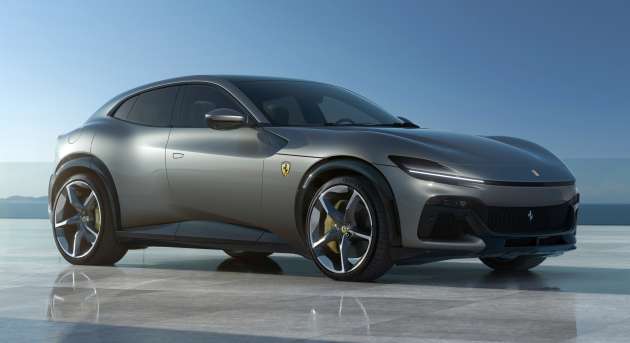
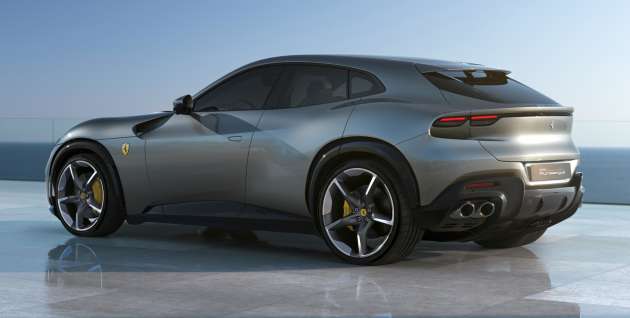
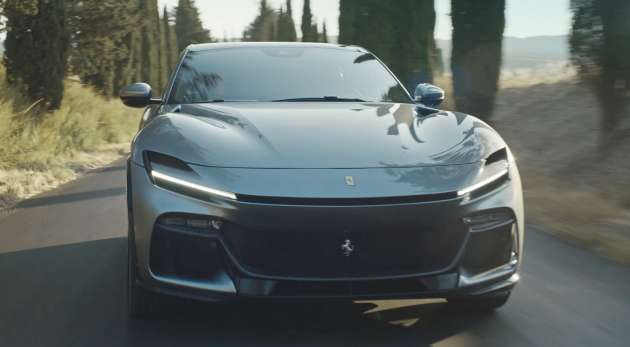
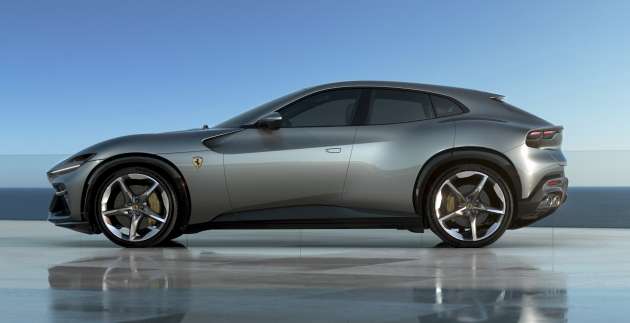



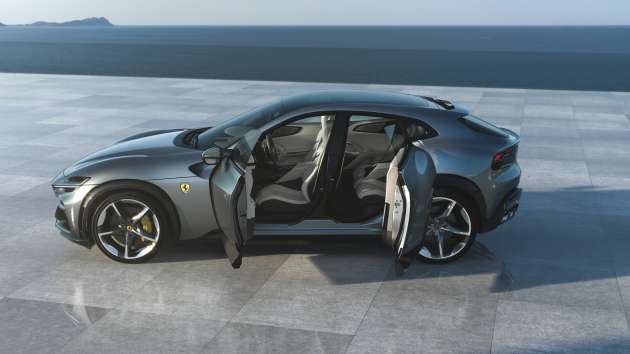






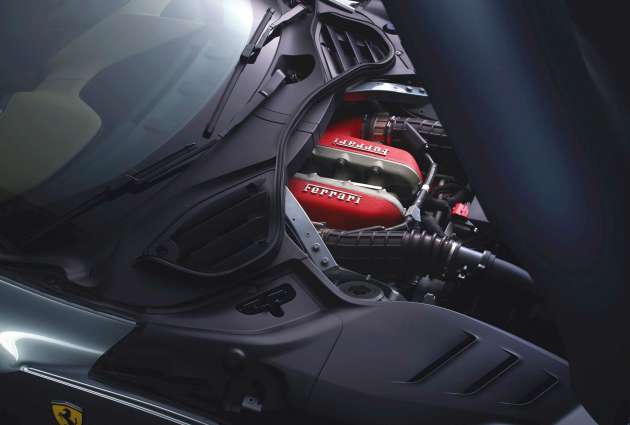
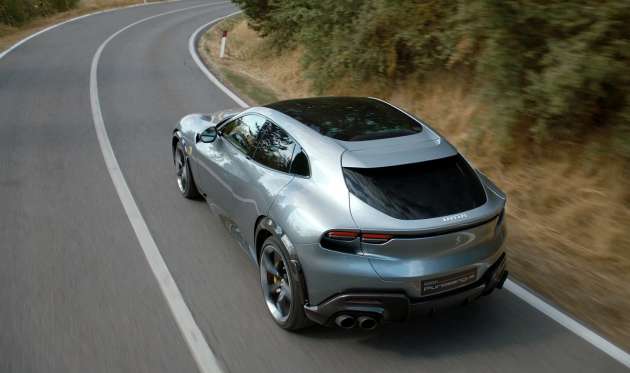
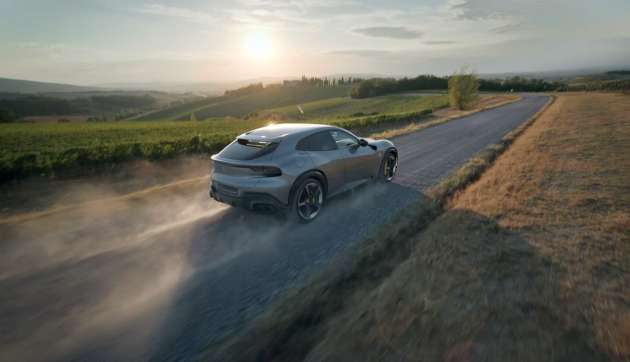


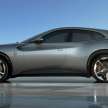

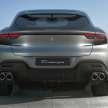
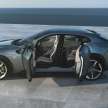
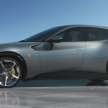
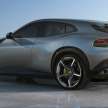

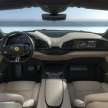



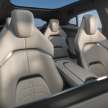


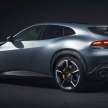

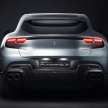


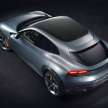

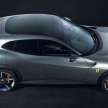

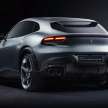


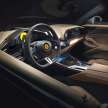



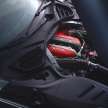
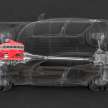





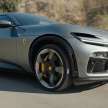


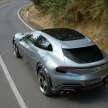
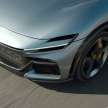
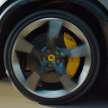
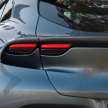








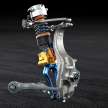

Bellissimo!
My dream car.
Nice, looks like Roma’s big brother.
rambut roma & bulu roma
Nicely written Mr Lim. Nicely written…
It is a good looking car but here’s the problem… Take off the badges and you can’t tell its a Ferrari.
Lambo did much better in design identity with their SUV.
Ferrari as of late has been tinkering with a lot of design styles and they’ve been doing individual style changes for their bespoke clients so maybe that’s why their design is always evolving and they may have wanted to depart from their usual design language considering this is their very first SUV.
lazy dashboard designer. they shoud be more creative instead of making identical left and right sides. even mazda, toyota can make good dash design these days.
Mazda yes but Toyota..not so sure. Their free standing HU design speak is….really off-putting.
free standing HU definately is a poor design, at least in my eyes. Why don’t make it smooth and flowing?
18 more ps than the dbx 707, making it the most powerful suv ever?
naturally aspirated sumore
hopefully can drive it in GT7
That’s an SUV? That looks much more than a hatchback.
Nice but design wise, Lotus Eletre nicer.
So the new Toyota Crown is not too bad looking after all
Why Ferrari now copy Toyota BZ EV crossover design?
yes take out the badge and it looks like a 10 years old car from China.
Learn something from Porshe or Lambo please…
what color is your Bugatti?
my all time favourite Ferrari is a five door four seater Ferrari, the Project Venice 456 Wagon.
Haha good on you Ferrari, no nonsense hybrid/EV shit. Pure V12 good old internal combustion power ftw. The sound will be glorious. I’m also interested to know the ground clearance seeing this is actually a SUV.
Can’t even pronounce the name let alone afford it. LOL.
Really good write up! Great stuff!
if you squint it kinda looks like mazda. but that dashboard though, mix feeling.
You sure this has nothing to do with Toyota Crown SUV? Look like a Supra-Z4/ 86-BRZ projects. hahaha
Looks nicer than Lambor Urus
Great.Very interesting and practical.Thank you.
sadly people like old Ah Pek who can’t pronounce it properly will but this.